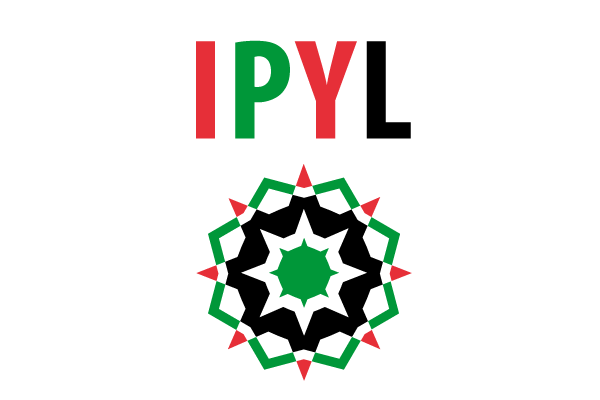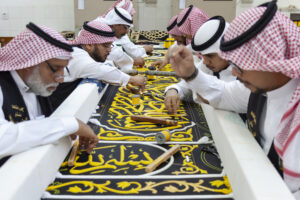The Art of Embroidery in Palestine
Practices, Skills, Knowledge and Rituals
The Art of Palestinian Embroidery: A Rich Cultural Tradition
Traditional embroidery holds a significant place in Palestinian culture. Originating in rural areas, this art form has now become widespread across Palestine and among the diaspora. Women’s village clothing typically consists of a long dress, trousers, a jacket, a headdress, and a veil, each adorned with intricate embroidery featuring symbols such as birds, trees, and flowers.
The colors and designs chosen for the embroidery reflect the woman’s regional identity, as well as her marital and economic status. The main garment, a loose-fitting dress called a “Thob,” showcases embroidery on the chest, sleeves, cuffs, and vertical panels running down from the waist. Silk thread is skillfully sewn onto wool, linen, or cotton fabric, creating stunning patterns.
Embroidery is not just an individual pursuit; it is deeply rooted in social connections and inter-generational bonding. Women come together in each other’s homes, often with their daughters, to practice embroidery and sewing. For many, it is a beloved hobby, while others produce and sell embroidered pieces to supplement their family’s income. Some women work independently, while others collaborate with fellow artisans. These groups often gather in community centers, where they not only showcase their work but also engage in marketing activities. The transmission of this art form occurs through the passing down of knowledge from mother to daughter, as well as through formal training courses.
The art of Palestinian embroidery encapsulates the spirit of creativity, community, and cultural heritage. By preserving and celebrating this cherished tradition, we honor the skills and stories of the talented women who bring these vibrant embroideries to life.



